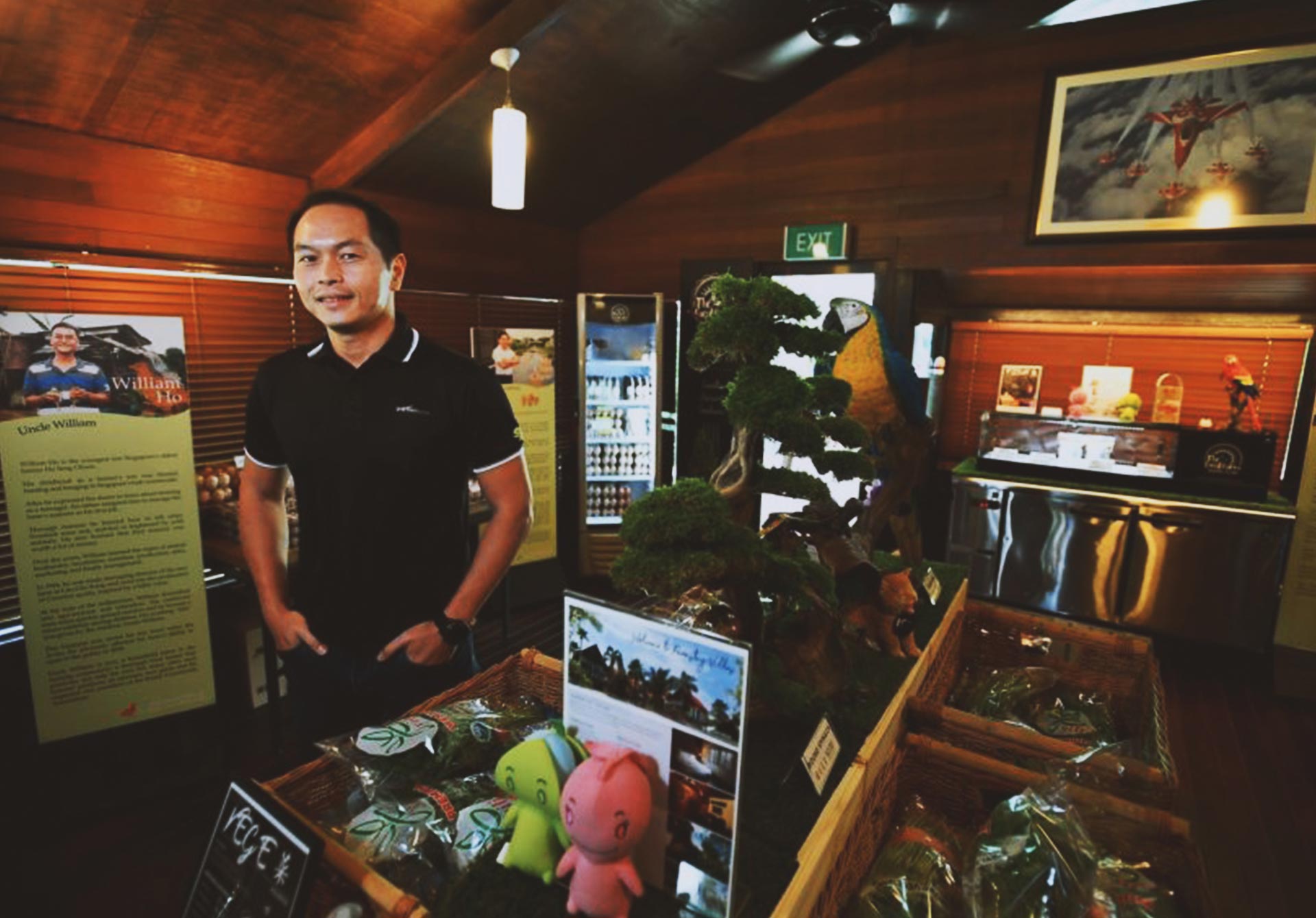3 MIN READ
Kenny Eng found a use for 'ugly' produce
BY JUDITH TAN, FIRST PUBLISHED IN THE STRAITS TIMES, 05 JAN 2021

Hearing that local farmers were unable to sell home-grown produce that was not aesthetically pleasing, Kenny Eng started The Local Farm's range of ready-to-eat products where it could be used
What brought your attention to food wastage that drove you to do something about it?
I was inspired after hearing about local farmers not being able to sell homegrown produce that is considered unusual in size or ugly. This led us to start The Local Farm's (TLF) range of Ready-To-Eat (RTE) products made with fresh produce from Singapore's farms.
Products like Egg Story's Dashimaki Tamago, The Soup Spoon's Assam Mullet Fish Chowder and Jurong Frog Farm's Snowdrop Hashima drink, add value to farmers' efforts, while at the same time make it easier for consumers to support local producers. If there are no farmers, there is no food.
What about your own home? How do you manage wastage there?
My family's belief is to buy what is enough to prevent wastage. We do not overstock the fridge or pantry. This way, we do not throw food away. Also, my passion is getting consumers to buy local so I buy my supplies from the local farms.
How do you work with local farmers and businesses to cut down on wastage here?
During the Covid-19 pandemic and the months of the circuit breaker, local farmers suffered from the lack of business. That was when we came up with the Survivor Pack, an initiative to have farm fresh produce delivered to the doorsteps of consumers every week.
The pack comprises pasteurised eggs from N&N Agriculture, quail eggs from Lian Wah Hang, vegetables from Yili Vegetation, and fish fillets from The Fish Farmer. This way, farmers do not have to discard surplus produce that no one is buying. To kick-start the initiative, TLF needed to hit 500 or more subscribers for a six-month period to assure farmers of steady demand over a length of time.
We also assured our local farmers with a guarantee of a certain demand over a period of time. But what's really important for us at the Kranji Countryside Association is to support them with our confidence in their produce.
What were the initial challenges in getting the farmers and local businesses to work together to cut waste?
One of the challenges is potential volume or sales. It is still an uphill task to get locals to buy local. Without the necessary demand, it is difficult for farmers to even start thinking of cutting waste.
What are the challenges today then?
That it is easier to be a trader than a grower. This is the biggest challenge for our industry, especially when we import 90% of our food. Yet, we still hold true to the belief of 'No Farmers, No Food', and that our local farmers are essential to Singapore's food supply in the long run.
What do you see in the future for farmers and the recycling and upcycling of food waste?
Farms continue to have huge potential, particularly in RTE and RTC (Ready to Cook) products, which have yet to hit Asian countries in a big way, unlike their counterparts in the United States and Britain.
Such products, on one hand, add value to local farmers' produce, and allow farmers to see better margins.
On the other hand, RTE and RTC products result in less wastage and this will, hopefully, motivate our farmers to continue being a grower, and the industry to continue attracting young talents.
The Sunday Times and DBS are partnering in a six-part series to delve into Singapore’s growing food waste problem and its cost to families, businesses and the environment. #TowardsZeroFoodWaste
More on this topic: How two Singapore homes turned minimising food waste into a habit